Our Review of the Tamron 150-500mm F5-6.7 Di III VC VXD Telephoto Lens for Sports and Wildlife Photography
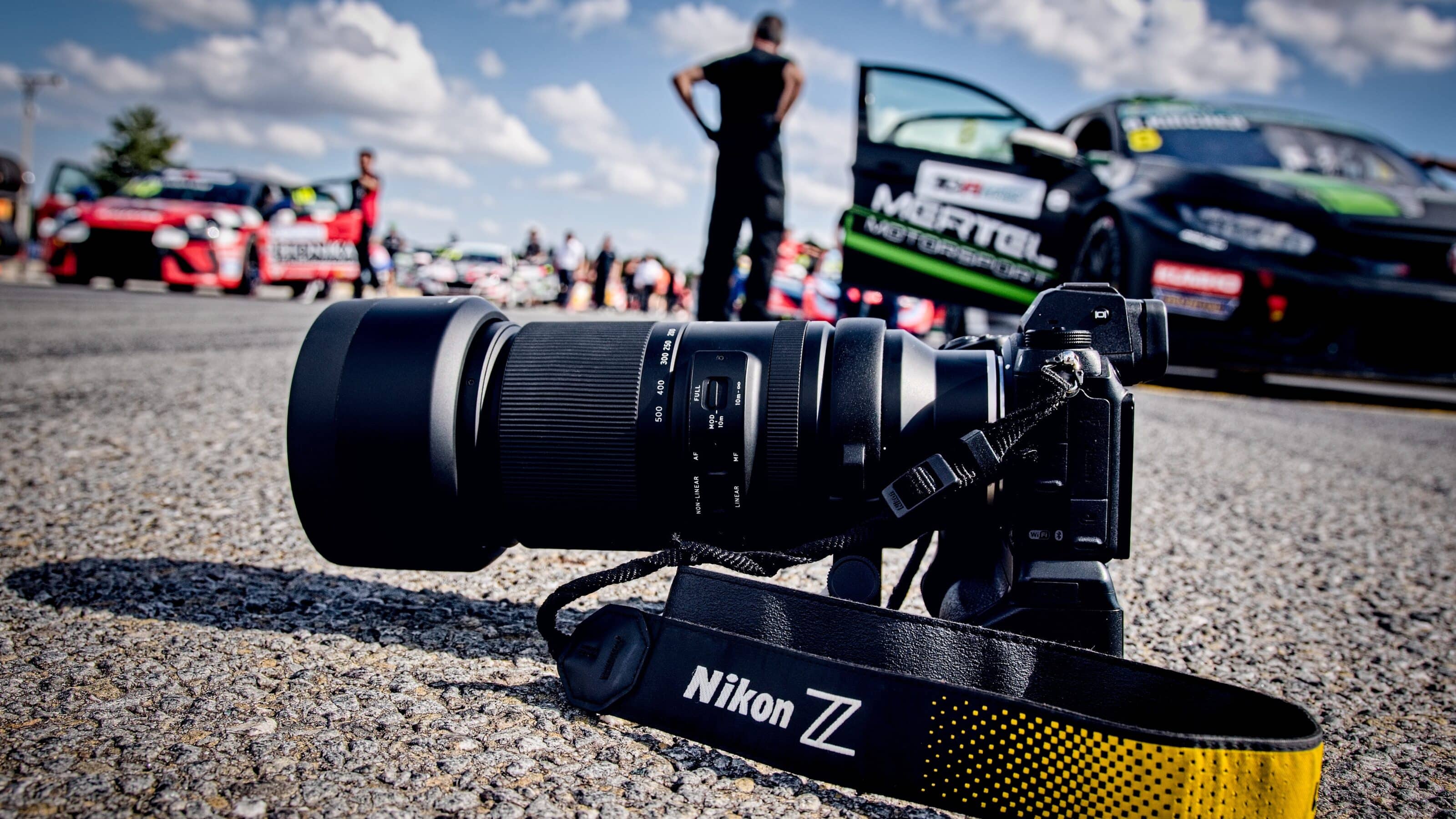
The Tamron 150-500 mm F/5-6.7 Di III VC VXD lens is a great choice for photographers looking for long glass for sports or wildlife photography. Its range of focal lengths and excellent image sharpness, even at minimum f-numbers, make it on par with similar models from Nikon.
How does this lens perform in the field and what are the main strengths and weaknesses? I usually test photo equipment at large sporting events. This time, I went to the Masaryk Racing Days at the Brno Circuit. The lens proved to be a versatile tool, not only for action photography.
The lens has excellent image stabilization and silent autofocus, which comes in handy when taking photos and shooting videos. Additionally, it is dust and moisture-resistant, so it’s also suitable for harsher conditions.
The range of the lens stacks up with its competitors, the Nikon Z 100-400mm f/4.5-5.6 VR S and the Nikon Z 180-600mm f/5.6-6.3 VR. I asked myself four basic questions that I’d like to answer over the course of this review, in addition to some details.
- What is the lens speed, i.e. what is the lowest f-number I can use?
- What is the level of detail and sharpness in the photos?
- How fast and accurate is the lens‘ focusing?
- What protection does the lens provide against dust and moisture?
Design and first impressions
This lens is not a smaller, lightweight lens, which is to be expected considering its range of focal lengths. It is an extending zoom, meaning the size of the lens changes as the focal length changes. This design makes it easier to carry but can also cause instability on a tripod due to the change in center of gravity.
The metal lens body feels durable and the rubberized parts make it easy to hold. Overall, the lens gave me the impression of a premium lens, enhanced by the rubberized lens hood. The lens also includes an Arca-Swiss tripod mounting foot that’s detachable and rotatable.
The workmanship of the lens is excellent. There are several handy switches on the lens body. In addition to the usual switch between autofocus and manual focus, there is also a switch for limiting the focusing distance (linear or non-linear). However, there’s no stabilization switch and you have to use the camera menu to control it.
The lens also has a USB-C connector that you can use to connect to the Tamron app for basic settings. Unfortunately, I didn’t get a chance to test this feature.
An interesting feature is the ability to lock the focal length when transporting the lens. I’ve used this feature often to avoid unintentionally switching to the minimum focal length. The zooming itself is smooth and you can go through the entire focal length range without needing to readjust your hand, which is useful for fast action shots.
The following table compares Tamron’s technical specifications with other competing lenses.
| Filter diameter [mm] | Weight [g] | Size [mm] | |
| Tamron 150-500mm F/5-6.7 Di III VC VXD | 82 | 1725 | 209.6 |
| Nikon Z 100-400 mm f/4,5-5,6 VR S | 77 | 1435 | 98 x 222 |
| Nikon Z 180-600 mm f/5,6-6,3 VR | 95 | 2140 | 110 x 315.5 |
| Tamron 50-400 mm f/4,5-6,3 Di III VC VXD | 67 | 1180 | 185.8 |

Lens speed
The minimum aperture of the lens varies depending on focal length. F/5 is available at a focal length of 150mm, but gradually increases to f/6.7 at 500mm. This range is comparable to the Nikon Z 100-400mm or the Nikon Z 180-600mm.
The differences in lens speed among the competing lens models and this lens are not significant. Although the Tamron 50-400mm reaches its maximum aperture sooner, the Tamron 150-500mm still provides great opportunities for separating your subject from the background.
| Focal length | Tamron 150-500mm | Tamron 50-400mm | Nikon Z 180-600mm | Nikon Z 100-400mm |
| Up to 190mm | f/5.0 | f/4.5-F/6.0 | f/5.6 | f/4.5-F/5 |
| Up to 270mm | f/5.3 | f/6.3 | f/5.6 | f/5 |
| Up to 340mm | f/5.6 | f/6.3 | f/6 | f/5.3 |
| Up to 390mm | f/6.0 | f/6.3 | f/6 | f/5.6 |
| Up to 450mm | f/6.3 | f/6.3 | f/6.3 | f/5.6 |
Detail and sharpness
To better understand the level of detail provided by the lens, take a look at the MTF chart.

The Tamron 150-500mm performed well in sharpness tests. I tested the lens at three focal lengths. At 150mm, the edges of the images are slightly soft, but this improves as you stop up. At longer focal lengths (300mm and 500mm), the results are great without stopping up. I would only consider stopping up at 150mm if I wanted to improve the detail at the edges.
Speed and focusing accuracy
When shooting fast-paced events like sporting events, speed and focus accuracy are important. Despite some negative reviews about focusing speed, the lens pleasantly surprised me. I didn’t experience any significant issues at the racetrack and the number of sharp images was comparable to the Nikon Z 100-400mm.

Focusing is smooth and quiet, which comes in handy for shooting video.
Bokeh, lens, vignetting, and distortion
The bokeh of this lens is pleasant, especially at longer focal lengths. However, at the edges of the image, the bokeh is not as smooth and looks slightly fragmented.
Examples of bokeh in test images.
I used a protective filter when testing for lens flare in backlight, but the results were still satisfactory. I had the biggest issues with lens flare when shooting against direct sunlight refracting off the building edge.
You can easily remove vignetting and lens distortion in post-production. You can use automatic corrections based on lens profiles in Zoner Studio. But you will likely need to increase vignetting reduction to the maximum.
Stabilization and zoom
Lens stabilization is good, but not on par with some of the competing models. The longest shutter speed where I got a sharp image at 500mm was 1/40s, but reliable at around 1/100s. This means a reduction of 3EV, which is slightly weaker than the Nikon.
The lens’ maximum zoom is decent. The minimum focusing distance of 60cm at wider focal lengths and 180cm at longer focal lengths is sufficient for shooting close-ups.
In closing
The Tamron 150-500 mm F/5-6.7 Di III VC VXD pleasantly surprised me in terms of its sharpness and focusing speed. Despite minor shortcomings in stabilization and bokeh, it is a great choice for sports and wildlife photography. With a price tag of around $1,400, it is competitive with more expensive Nikon models and offers great value for the money thanks to its range of focal lengths.
If you’ve had the chance to try this lens, feel free to share your experience in the comments!
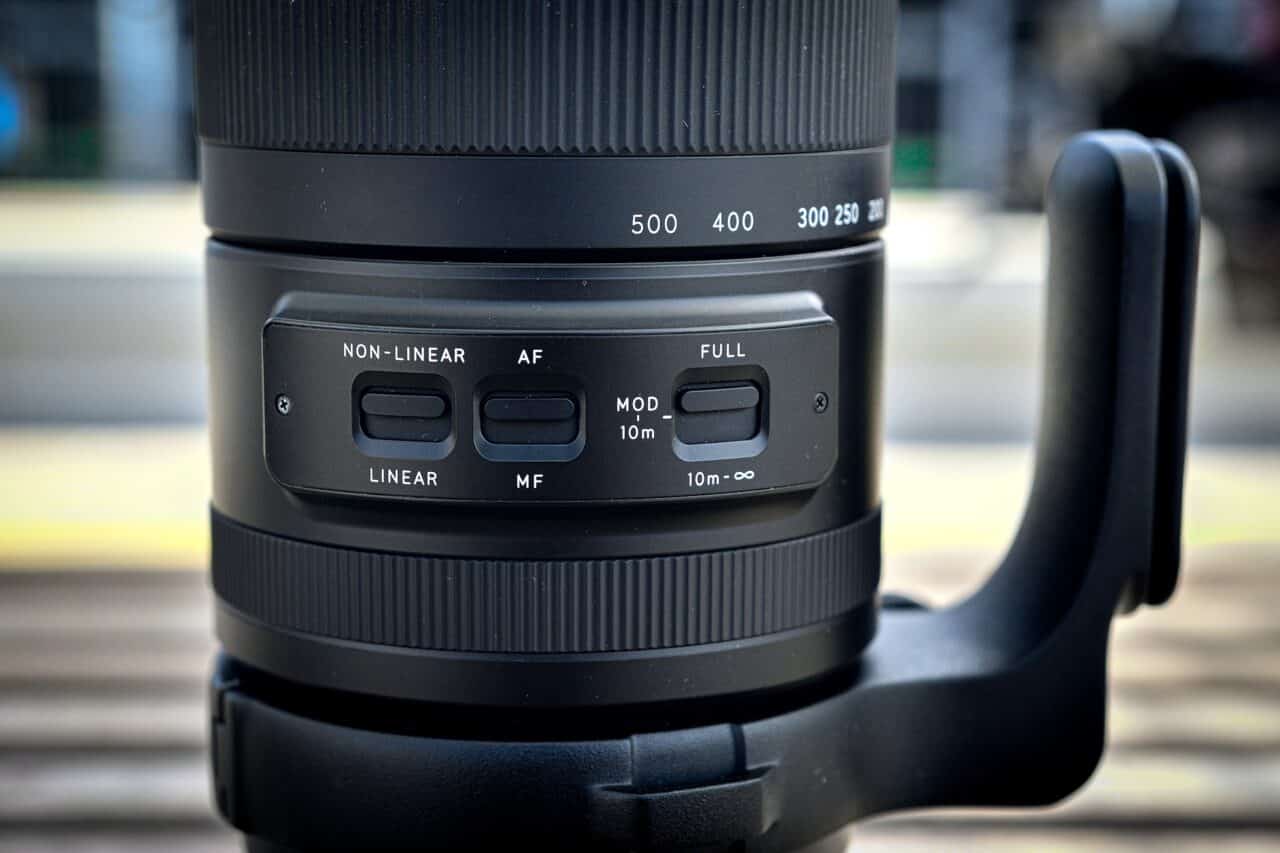
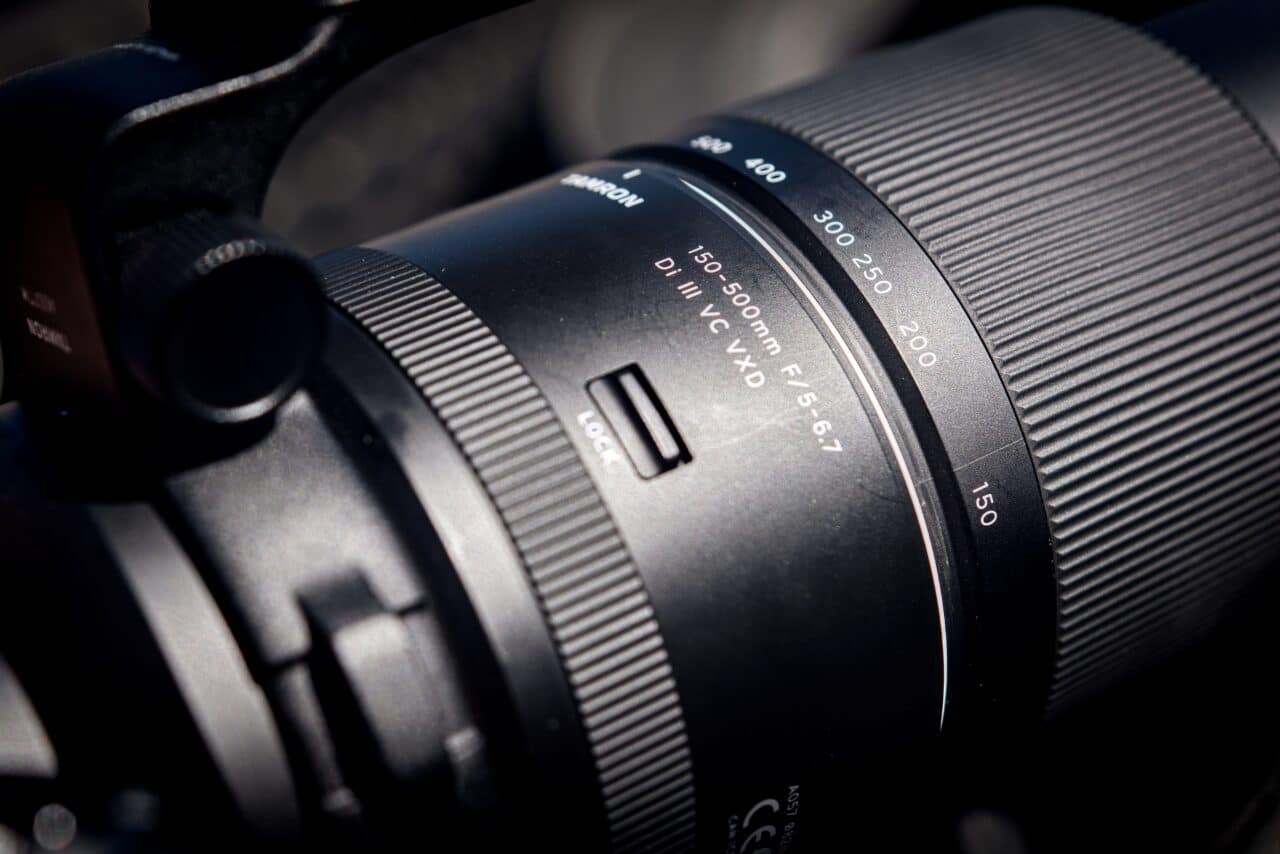
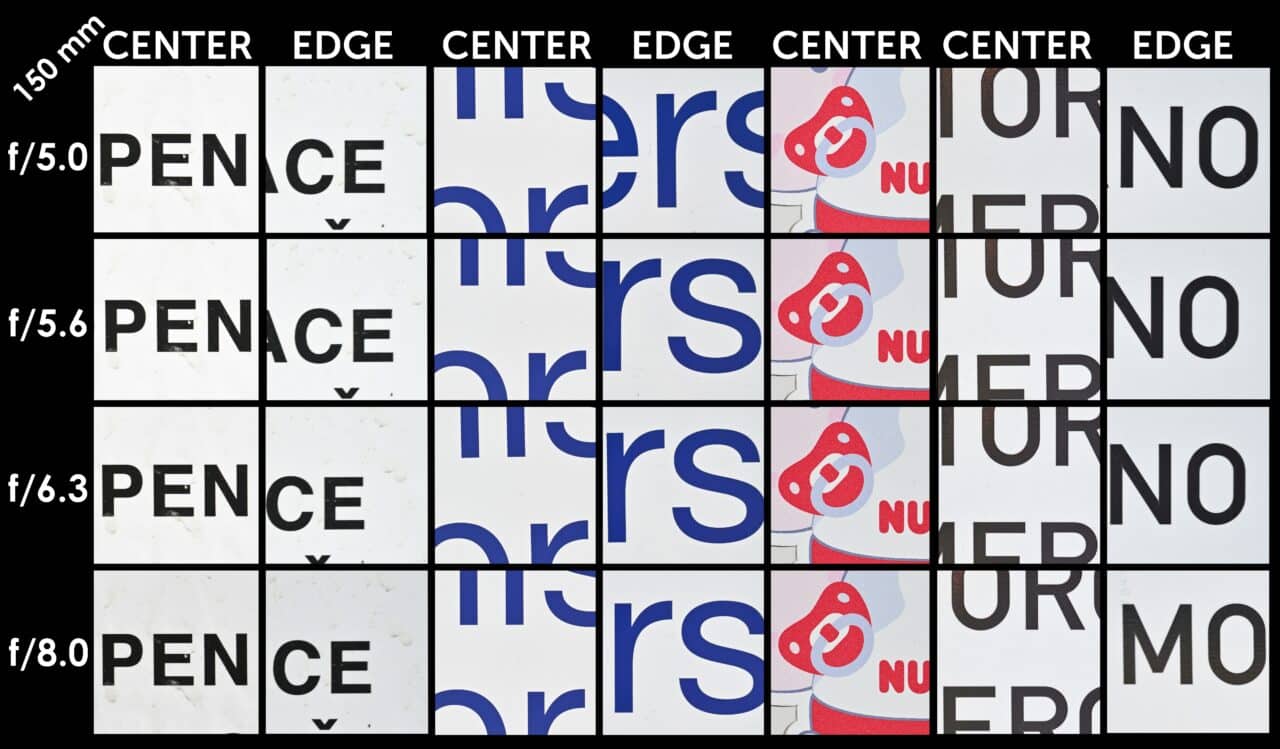

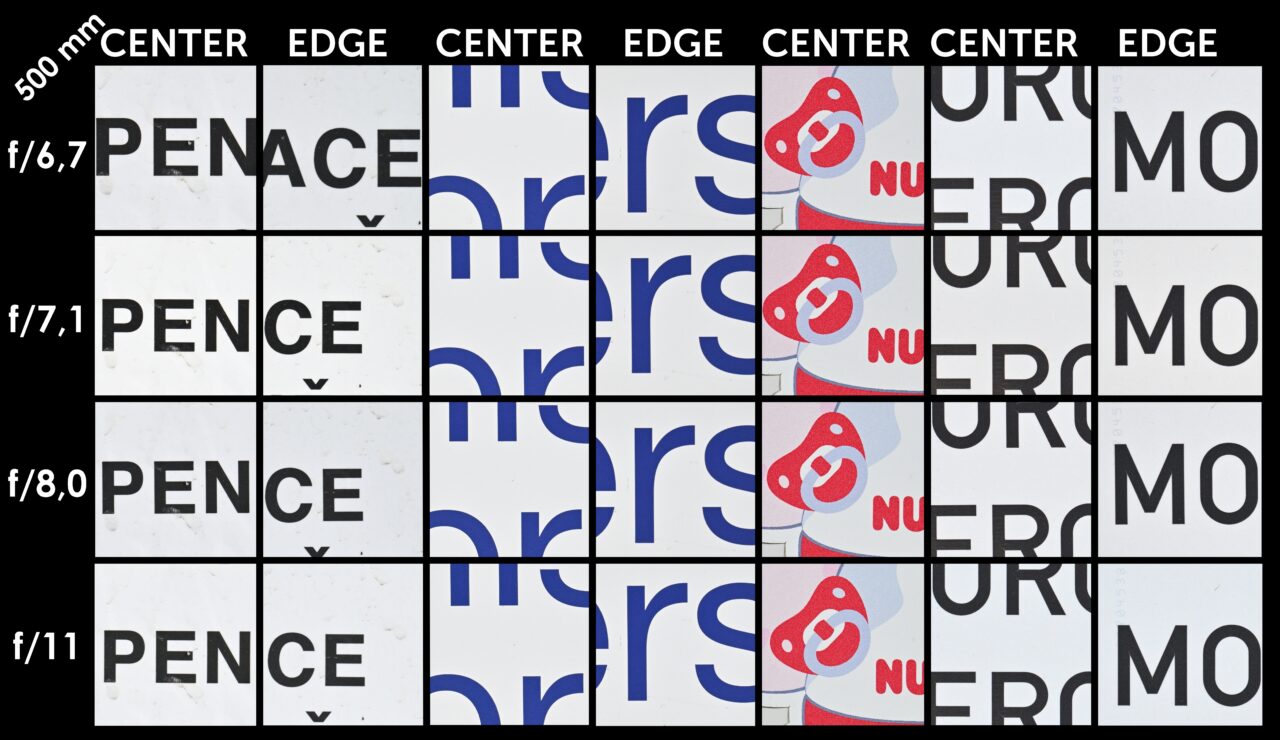

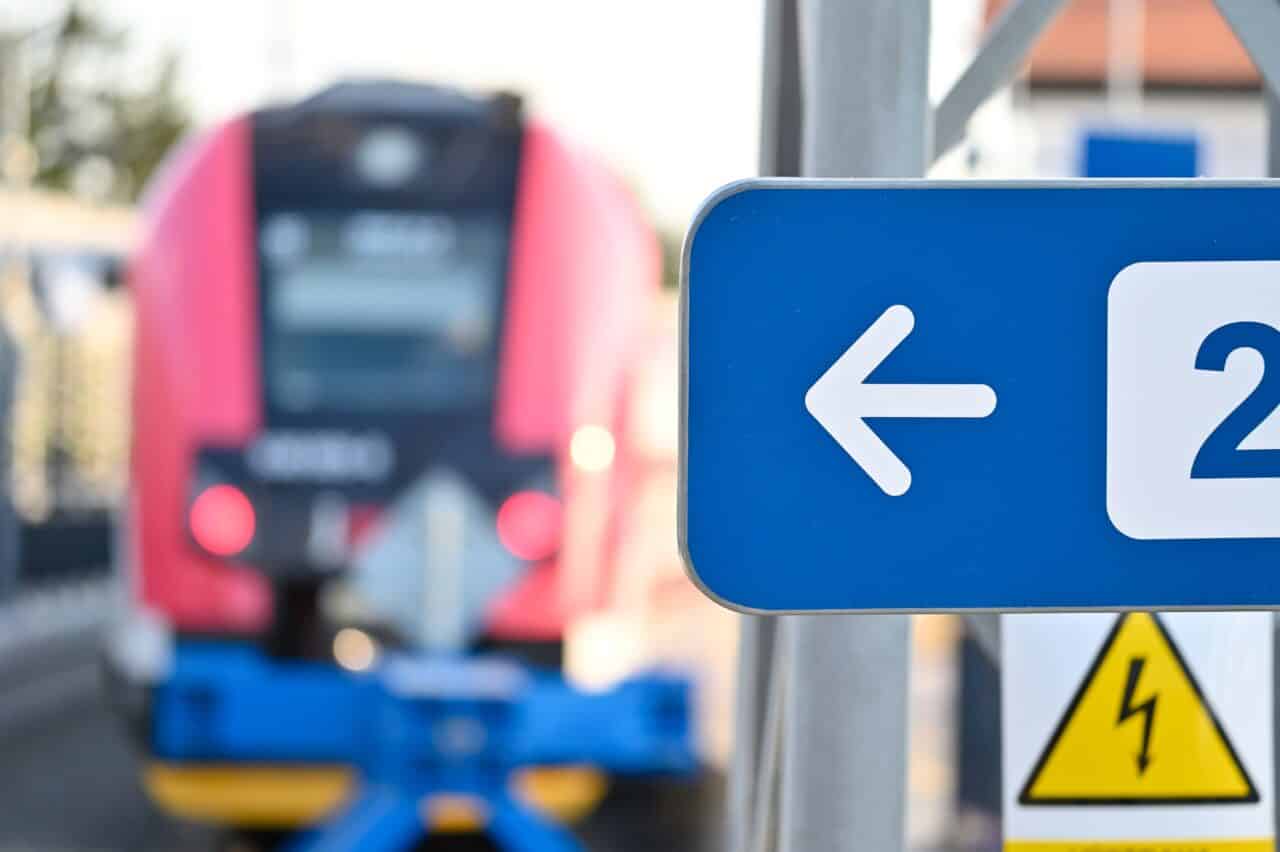





There are no comments yet.